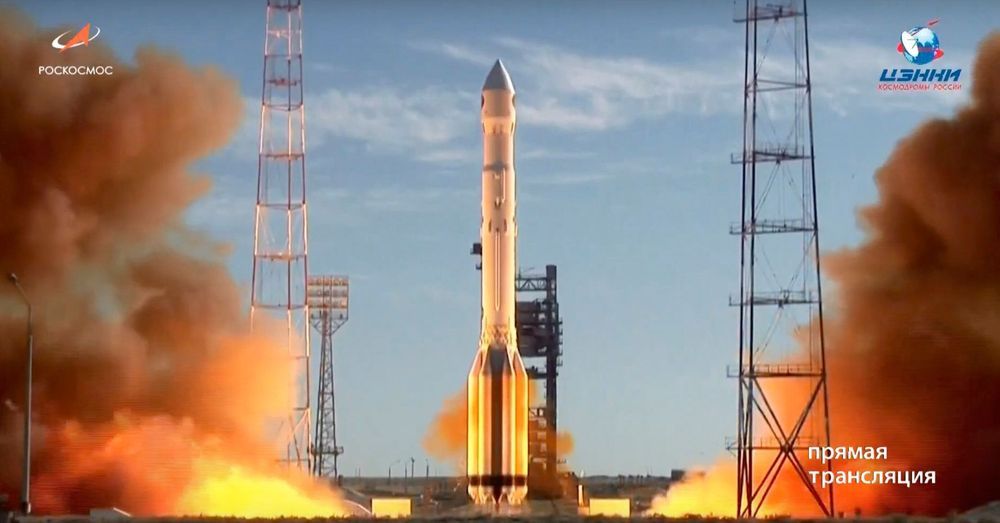It would be the first-ever map of the universe in high-energy X-rays, Nature magazine noted.
Such a map “will be essential to solve the core questions of modern cosmology,” Roscosmos said in a press release. “How do dark energy and dark matter affect formation of the large-scale structure of the Universe? What is [the] cosmological evolution of supermassive black holes?”
The agency added that the telescope, which has reportedly taken decades to develop, is expected to find about “100,000 massive clusters of galaxies” and millions of supermassive black holes ― many of them new to science ― over a four-year survey period.









Comments are closed.